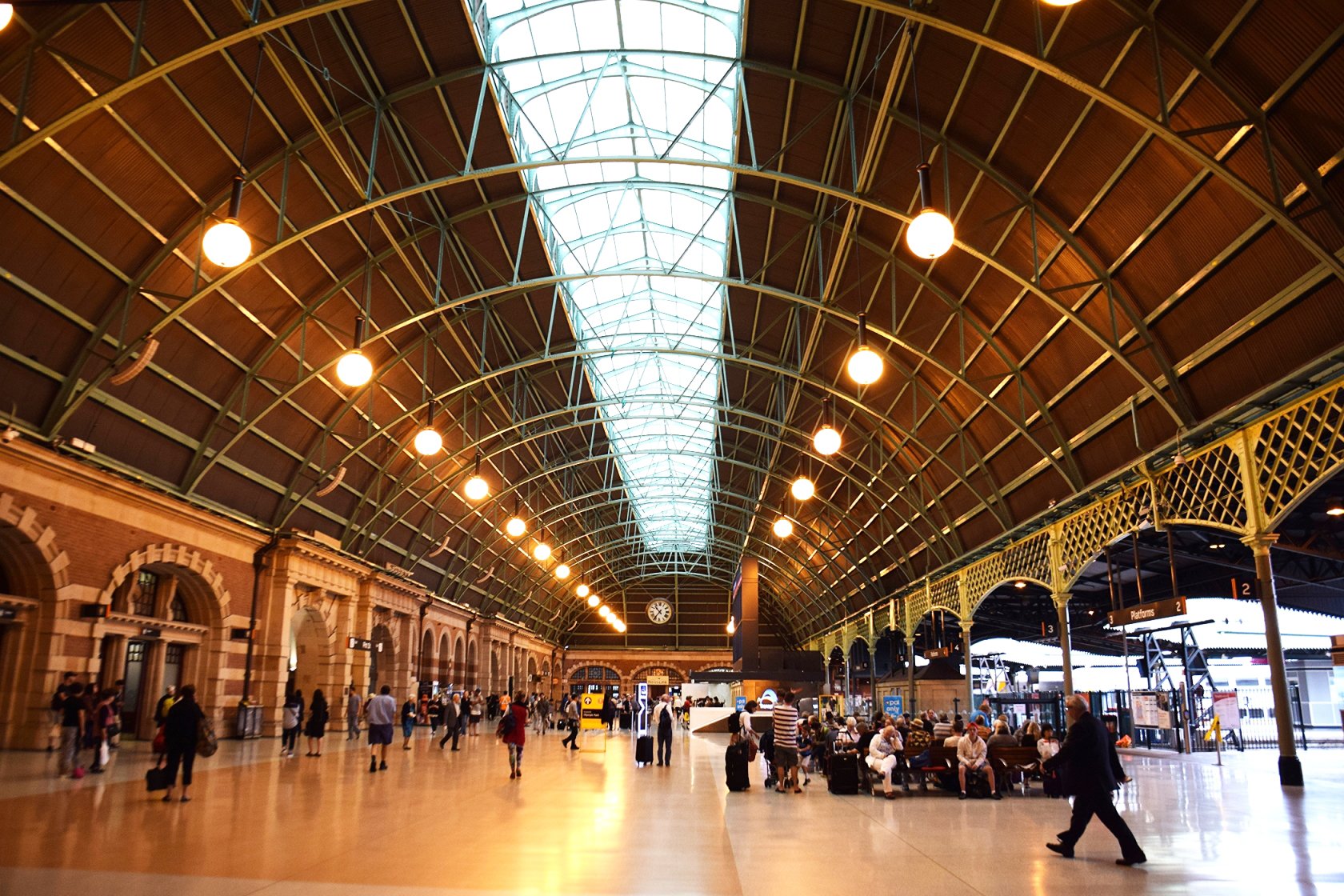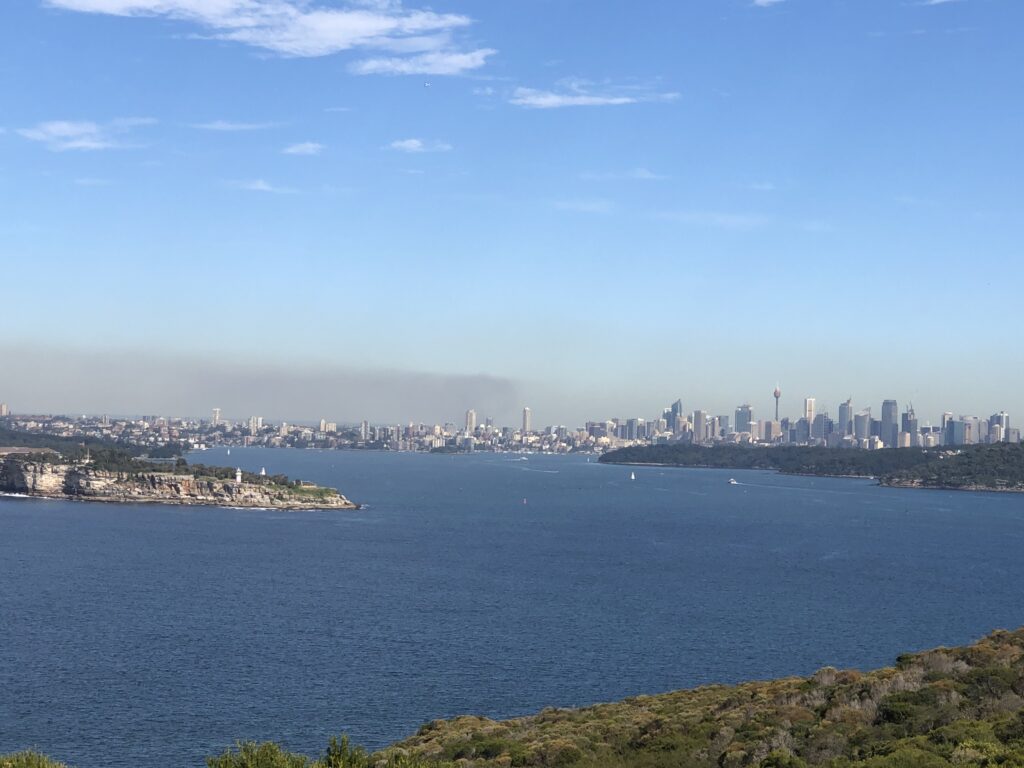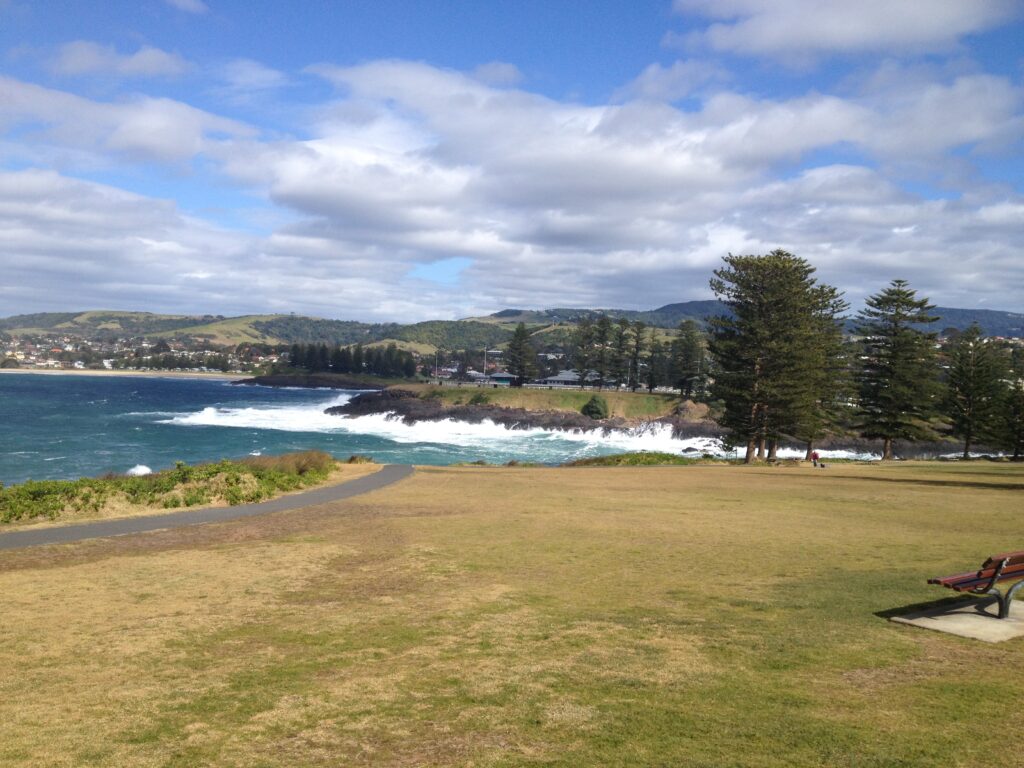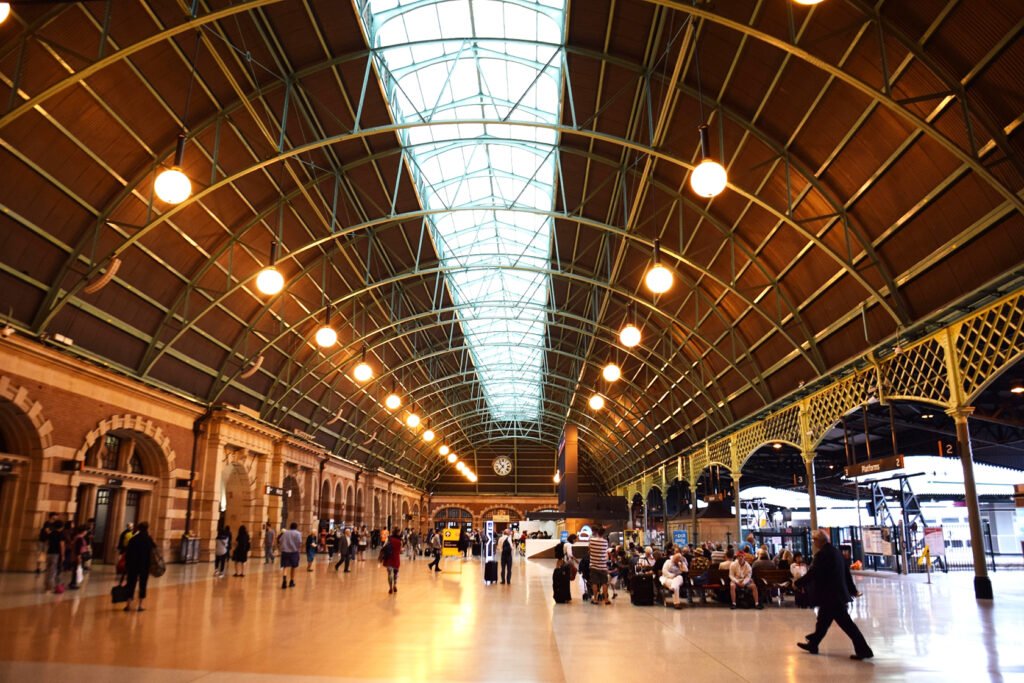Welcome to Sydney, where your adventure begins! Whether you’re arriving early to soak up the city’s sights before embarking on your Vintage Rail Journey or extending your stay after your rail tour, there’s plenty to explore in Australia’s vibrant harbour city. To help you make the most of your time, we’ve put together a self-guided sightseeing itinerary featuring some of our favourite spots, all easily accessible using Sydney’s Opal Card for public transport.
These suggestions are self-directed, and are not part of our organised tour. They reflect some of the things Simon and Danielle have enjoyed on their visits to Sydney in recent years.
All of our suggestions use public transport, which can be confirmed from the Transport for NSW Trip Planner website. Please take a look at this site before you travel to Sydney to cross check timings and platforms – you can also check with the very helpful staff at the stations and ferry terminals when you are there.

Sydney Central to Manly
This is a great way to take a trip down Sydney Harbour to Manly. We prefer the slow ferry, it’s bigger, older, slower and cheaper! Once you get to Manly, take a walk down the Corso to the Ocean side, there are lots of shops and places to eat. Our preferred lunch venue is the Manly 16’ Skiff club, which is an 8 min/650 metre walk to the right from the Ferry Terminal and along East Esplanade. You can sit out on the deck over the water, watching boats etc while enjoying Fish & Chips.
You can also take a taxi or the ‘Manly Fast Ferry’ (not the Sydney Trains one) to the Q Station at North Head. This is the old Quarantine Station, now a Hotel, however it has guided tours and a museum near the jetty. Quite interesting, however it is on a headland and there are steep hills to climb if you go on the tour – they do control the pace quite well.

Cockatoo Island
This is another excuse for a trip on the Harbour, albeit this is much shorter. It takes you under the Sydney Harbour Bridge and around to Darling Harbour, before passing Goat Island on the way to Cockatoo Island.
Between 1839 and 1869, Cockatoo Island operated as a convict penal establishment, primarily as a place of secondary punishment for convicts who had re-offended in the colonies. Cockatoo Island was also the site of one of Australia’s biggest shipyards, operating between 1857 and 1991. The first of its two dry docks was built by convicts. Listed on the National Heritage List, the island is significant for its demonstration of the characteristics of a long-running dockyard and shipbuilding complex, including evidence of key functions, structures and operational layout. Cockatoo Island contains the nation’s most extensive and varied record of shipbuilding, and has the potential to enhance understanding of maritime and heavy industrial processes in Australia from the mid-19th century.
Wikepedia
There is a café on the Island, and it is a very interesting place to walk around. The Convict Built Sandstone houses on top of the hill are fascinating, as are the enormous industrial buildings, and the tunnels under the hill.
Sydney Light Rail
The Light Rail is a great way to see Sydney. It is conveniently located off the Grand Concourse at Sydney Central. We tend to choose hotels now that are on the Light Rail as it is so easy to get to Central, and then to the airport. Paddy’s Market in China Town is a great stop for shopping. Exhibition Centre Stop is handy for the Powerhouse Museum. Pyrmont Bay is the stop for the National Maritime Museum which is well worth a look. The Sydney Fish Market stop is a great way to have your seafood hit. We’ve shown the route all the way to the Tramsheds, which is housed in the old tram depot at Rozelle and has a lot of café’s etc.
Doyles Seafood Restaurant at Watsons Bay
This is another Sydney Harbour Favourite, and it’s always a bit of fun arriving somewhere by ferry. If it’s at all rough out to sea, then Watsons Bay is a good place to visit, as it is inside the harbour, whereas a visit to Manly involves going across the heads. The food is at Sydney Prices (expensive), but the experience is in our view worthwhile, everyone visiting Sydney should try to go here. You can take a walk further north along the promenade, to South Head and the Hornby Lighthouse (1.2KM, 17mins). The walk is along paths – there are some steps, but once they have been climbed, it is relatively flat. You will go past Camp Cove and Lady Jane (nudist) Beach, and will also be able to view the Hornby Battery which was part of Sydney’s wartime defences.
Kiama
This is probably a full day trip, and is excellent value! The Illawarra or South Coast line is spectacular as it winds its way through the Royal National Park, tight twists and turns around gulleys near Helensburgh and then runs alongside the sea before stopping at Kiama. You can change trains there for the further trip to Bomaderry (Nowra).
Kiama is a lovely country town, and the railway arrives on a bridge over the main road. The main attraction at Kiama is the blowhole, which is one of the world’s largest natural waterspouts. It is approximately 900m/11min walk from the railway station. Nearby is the Pilot’s Cottage Museum, which tells Kiama’s intriguing maritime story. The boat harbour is lovely, and there are cafés on the wharf. You are almost in the Southern Highlands, which prides itself on its pies, so alternatively a visit to Kiama Pie Shop could be in order (you walk past it on Railway Parade on the way into town), and there are a number of country pubs on the main street.

These are just some of our recommendations! We always recommend that you spend at least one night in Sydney before and after the tour, you may like to stay a few extra days and explore our recommendations.
